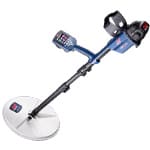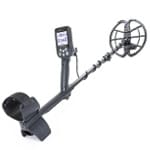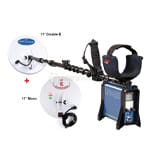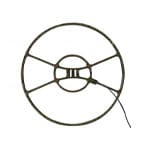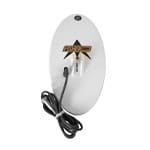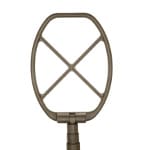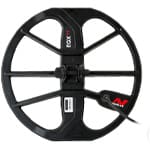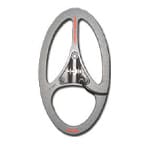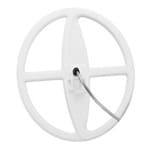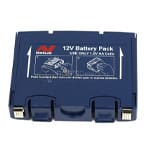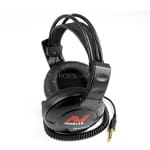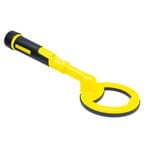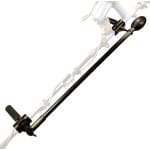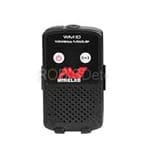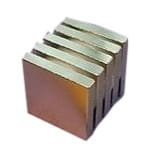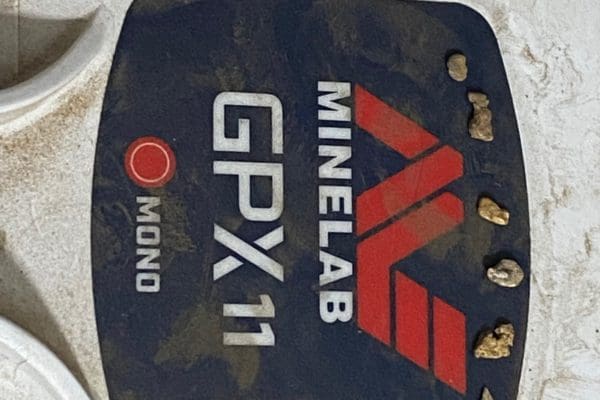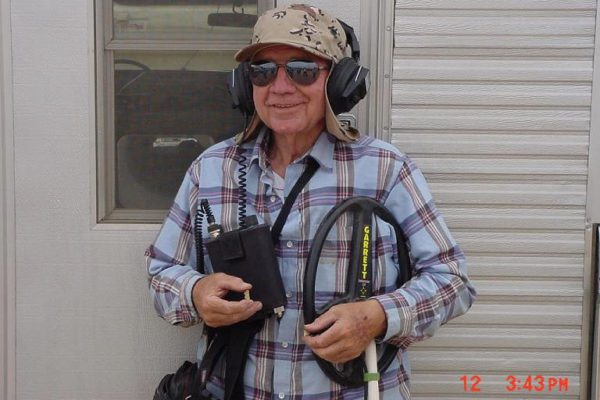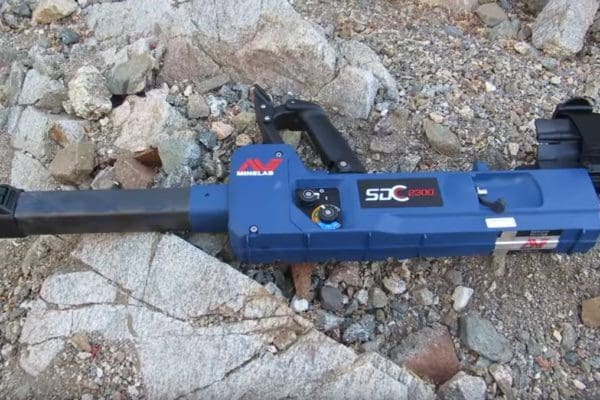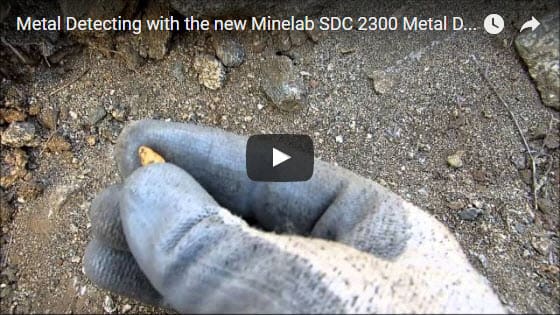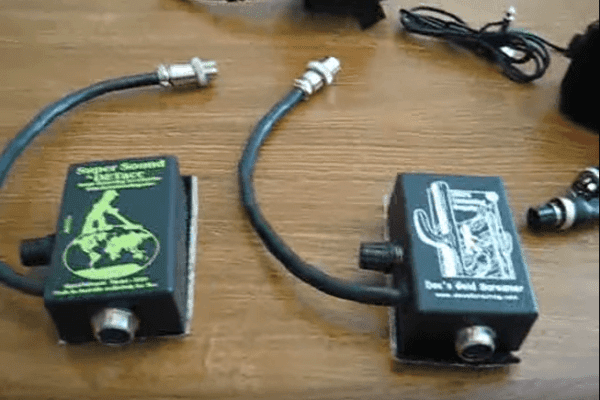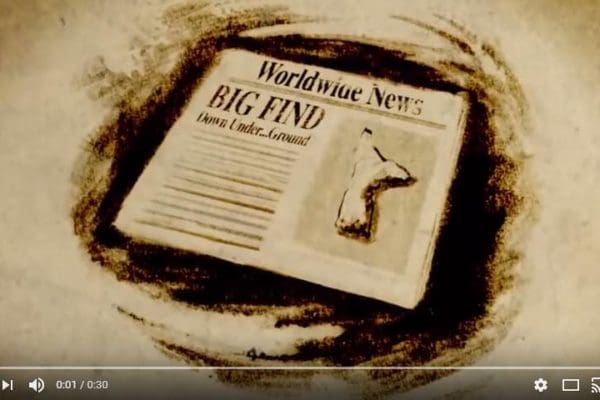HomeBlog
Blog
Detecting with the new Minelab GPX 6000 metal detector..
Hello All, Here is a new video of a partner and I using the new Minelab GPX 6000 metal..
Read more
Minelab GPX 6000 Gold Nuggets – Great Detector!
Hello All, Sorry I haven’t been able to report much, but I have been using the new..
Read more
Do you remember finding your first “one ounce”..
Hello All, Since the late 90’s I have been metal detecting the Rich Hill/Stanton..
Read more
First Gold Nugget with the Minelab SDC 2300 Metal Detector
Checkout my video of the first gold nugget I found with the brand new Minelab SDC gold nugget..
Read more
Metal Detecting with the new Minelab SDC 2300 Metal..
I recently published a video of a great day in the field with the new Minelab SDC 2300 gold..
Read more
Gold Nugget Metal Detecting Moore Creek, Alaska Part 3
This is part III of a video series on gold nugget hunting in Moore Creek, Alaska. The tailing..
Read more
Gold Nugget Metal Detecting Moore Creek, Alaska Part 1
n part 1 of this gold detecting video series, I am digging a nice gold nugget at Moore Creek..
Read more
Gold Nugget Metal Detecting Moore Creek, Alaska Part 2
In part 2 of this video series, I am digging another 1+ ounce gold nugget / specimen from a..
Read more
Minelab Signal Enhancers and Speakers
Saturday, August 24, 2013 Video Transcript: How’re you doing? This is Rob Allison..
Read more
Minelab Signal Enhancers and Speakers
Video Transcript: How’re you doing? This is Rob Allison with Rob’s Detector..
Read more
Are you going to have the next big find?
Are you going to have the next big find? With the technology of Minelab’s Pulse..
Read more


